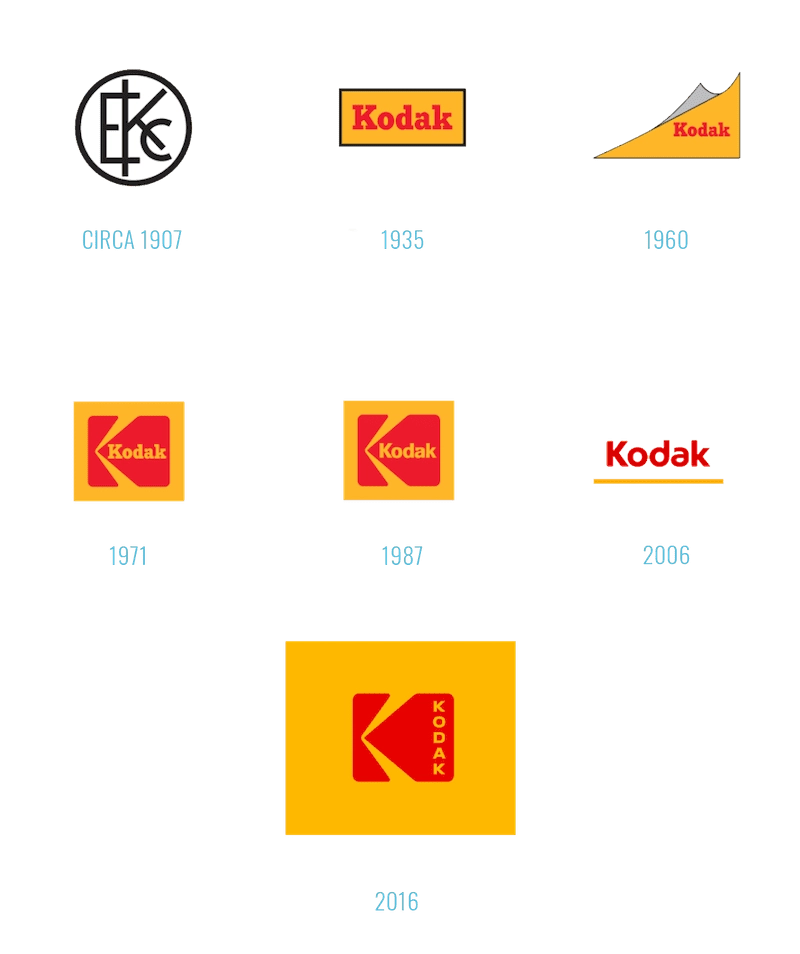For longer than the Parkway Digital team has been designing together, nostalgia has been a design trend. We see this preference for “authenticity and heritage over novelty and notoriety” in branding and web design. The power of nostalgia plays a part in product development, social media trends, immersive brand experiences and lots of other marketing decisions too.
Obviously, brands are turning to nostalgic design to connect with customers. But why?
What is nostalgia?
The word nostalgia comes from the Greek words for homecoming and ache: nóstos and álgos. The feeling is a bittersweet one, “mostly happy and comforting, but with a tinge of sadness that whatever we’re remembering is lost in some way.”
Experiencing nostalgia leaves us with a warm, fuzzy feeling. That’s why designers and marketers are so set on capturing it. Building a brand tinged with nostalgia lets a company tap into consumers’ memories and create positive associations with the brand. In today’s nostalgia-obsessed world, this means both conversions and social media buzz.
When does nostalgia in design work?
Legacy Brands
Nostalgia works really well when a company has an iconic history to pull inspiration from. Legacy brands can use their past logos, brand elements and product designs to spark memories and create an emotional connection with customers.
In 2016, Kodak redesigned its logo. Rather than continue to modernize the design, as they had in 2006, the company opted to infuse their brand with retro vibes. The new logo is a streamlined version of the iconic 1971 design that helps us remember the feeling of opening our first camera on Christmas morning.

Kodak committed to infusing every piece of their brand with nostalgia. You can sign up to be one of the first to buy a modernized version of the Super 8, an 8mm movie camera first introduced in 1965. The 90s grunge vibes are strong here too, with a Girl Skateboards collaboration. The tones in their Instagram feed? They make even digital-fanatics like us want to shoot with film.
https://www.instagram.com/p/Bx2cI6dFseO/
Kodak isn’t the only legacy brand using nostalgia in its design and marketing. A few other favorites tapping into their history to connect with consumers: Coca-Cola, Birkenstock and Levi’s.
https://www.instagram.com/p/Bp8Kh3JASI0/
90s Brands
Nostalgia is strongest during times of change. Young adults in their 20s, adapting to new cities, jobs and friends, commonly experience feelings of longing for the past. This generation, raised in the 80s, 90s and early 00s, are looking for brands that remind them of their childhoods. This longing for the past paired with their new purchasing power gives 90s brands big opportunities.
Pokémon, first introduced in the US in 1998, has made over $2.5 billion on Pokémon GO as of April 2019. Data analysis company Newzoo, reports “72% of Pokémon GO players have played at least one of the original Pokémon franchises in their lifetime, versus 42% for the average gamer.” Millennials nostalgic for the original Nintendo games, trading cards and cartoons are a big reason why Pokémon GO is so successful.
Need more proof of how much 90s babies love reminiscing? Look no further than the success of Huji Cam (a filter that makes your iPhone pics look like they came from a disposable camera, complete with a 1998 timestamp), the Backstreet Boys comeback, Full House reboot, and Western New Yorkers too young to remember Thurman Thomas on the field rocking Super Bowl-era Bills apparel.
When doesn’t nostalgia work?
There’s nothing wrong with a company using the power of nostalgia to help customers get to know a new brand. Using the history of a product, location or concept to build a brand’s personality is powerful. Just look at the 80s neon vibes drawing crowds to Misuta Chows, a bar that opened for the first time in 2018.
However, it’s easy to come off as ingenuine when you’re not pulling from your own history. It’s also important to make sure history and heritage are integrated throughout your brand, not just a single ad or social media post.
Keep in mind that customers all have different memories of the past. Balancing nostalgia with consideration for your customers’ experiences is essential. Remember when Lululemon tried to add a little Buffalo sports nostalgia to their Walden Galleria location? We don’t remember “Wide right” or “No goal” with the warm fuzzy feeling the brand was probably hoping for when it tiled the phrases into the store’s entryway.